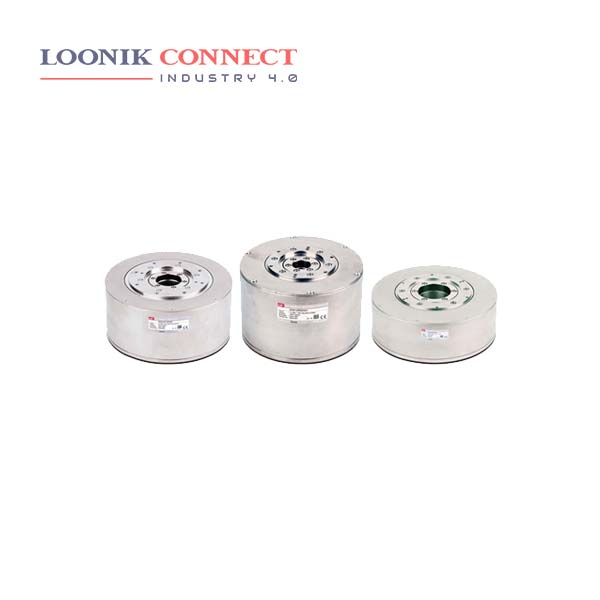A direct drive motor can be defined as any type of motor where the load is directly connected to the motor. They do not require any mechanical transmission elements such as couplings; the motor directly drives the load. Using a direct drive motor eliminates the need for belts, gearboxes, and pully systems. There are two main types of direct drive motors; direct drive rotary motors and direct drive linear motors. Direct drive rotary motors generally are the most frequently used.
How do Direct Drive Motors Work? Direct drive motors work in much the same way as most brushless DC motors. Magnets are attached to the motor’s rotor and windings are arranged on the motor’s stator. As the windings are energized, they produce electromagnetic fields which either attract or repel the rotor’s magnets.
Direct drive motors eliminate the need for transmissions and gearboxes, which means there’s no mechanical friction or inertia produced. In this way, direct drive motors are significantly more energy efficient than their mechanical counterparts, requiring far less power for the same power and torque. Series DC Motor. Shunt/Parallel DC Motor. Compound DC Motors. Permanent Magnet DC Motor.










